Postural Orthostatic Tachycardia Syndrome (POTS) is a disorder characterized by a rapid increase in heart rate upon standing. Some common symptoms include dizziness, palpitations, and fatigue. POTS is part of autonomic dysfunction, affecting heart rate regulation and blood circulation. One of the most challenging aspects is addressing hydration & POTS syndrome as proper fluid intake plays a major role in stabilizing blood volume and improving circulation.
In this blog, we will explore the complexities of POTS syndrome, the effects of dehydration on those affected, and practical approaches to managing this condition more effectively.
Master ACLS Now
Get ACLS certified with confidence
Also Read: A Complete Guide to Cardiac Conduction System
Does POTS Syndrome Cause Dehydration?
Yes, POTS syndrome causes dehydration. Therefore, proper hydration is one of the most effective ways to manage POTS symptoms. Blood volume plays a significant role in maintaining circulation. When blood volume decreases, the body’s ability to maintain blood pressure and regulate circulation to the brain and other organs becomes compromised. Dehydration worsens these issues, intensifying symptoms such as low blood pressure, rapid heartbeat, dizziness, fatigue, and palpitations.
POTS is a condition that affects how blood circulates in the body, and it can lead to dehydration for several reasons:
Blood Flow Issues
POTS makes blood pool in the legs when standing. This reduces blood flow to the heart and brain, causing dizziness or lightheadedness. People may feel tired and faint, which can make everyday activities tough. Knowing about these blood flow problems helps find better ways to manage them.
Increased Heart Rate
When blood flow is low, the heart beats faster. This can lead to sweating and losing fluids. A fast heart rate can make some feel anxious or uncomfortable, which makes physical activity hard. Keeping track of heart rate can help manage symptoms.
Excessive Sweating
Many people with POTS experience excessive sweating, especially when standing, which contributes to water loss. Excessive sweating can also cause embarrassment and make social situations uncomfortable. Therefore, it is important to manage this symptom as it can improve daily life.
Low Blood Volume
POTS can result in overall lower blood volume, making it harder for the body to stay hydrated. Low blood volume means less oxygen reaches important parts which causes tiredness and weakness. However, this can be managed through proper diet and adequate intake of fluids.
Inadequate Fluid Intake
Some individuals with POTS may avoid drinking fluids due to discomfort or symptoms that occur when they stand. This can worsen the symptoms of dehydration. So, patients must be educated on why staying hydrated is important and find ways that best work for them.
What Are the Best Hydration Methods and Their Effects?
Staying hydrated is key for everyone, but it’s even more important when you have POTS. POTS dehydration can worsen symptoms like dizziness and fatigue.
You need the right balance of fluids and electrolytes to really feel your best. So, let’s talk about some ways to stay hydrated and how each one can manage POTS symptoms more effectively:
- Plain Water: The most accessible option for maintaining hydration, plain water can help reducealleviate low blood volume symptoms. However, it may not be enough to optimally manage hydration, as water alone does not supply the electrolytes needed by the body.
- Electrolyte-Rich Fluids: Drinks like sports drinks or oral rehydration solutions help replenish sodium and other electrolytes, aiding in fluid retention and increasing blood volume.
- Soup and Salt Tablets: Try adding soups and tablets into your diet can help manage dehydration which will help maintain fluid and electrolyte balance.
Lifestyle Modifications for POTS
Individuals with POTS syndrome should follow proper hydration as it improves overall well-being. A study found that patients with POTS typically experience a 13% plasma volume deficit, which links the syndrome to issues like dehydration.
Therefore, you need to follow certain hydration guidelines that will help stabilize blood volume, improve circulation, and reduce symptoms such as dizziness and fatigue. Here are a few key strategies for optimal hydration:
Recommendations of Fluid Consumption for POTS Management
Effective dehydration management in POTS involves maintaining a balance of fluids and electrolytes. It’s recommended that POTS patients consume 2 to 3 liters of water daily, though this may vary depending on activity levels and symptom severity. Electrolytes found in sports drinks or tablets maintain healthy sodium levels in the body. This can help with fluid retention and the overall management of POTS. It’s important to spread fluid intake throughout the day and avoid drinking large amounts at once, as the body may struggle to absorb that much liquid at one time.
Increasing fluid intake can greatly benefit patients with POTS. When you add electrolyte-rich fluids to the diet, it ensures proper hydration also reduces the symptoms associated with dehydration. On top of that, you should increase your dietary salt as it will help retain fluids and boost blood volume.
Avoiding Triggers
Patients should monitor their caffeine consumption, as caffeine is directly related to POTS and dehydration. While caffeine might boost blood volume and circulation in some cases, it generally promotes dehydration by reducing water levels in the body. You should also avoid any activities that include heat or intense exercise, as they can lead to fluid loss and dehydration.
Dietary Adjustments
Eating smaller, more frequent meals is highly beneficial for managing POTS. This will prevent postprandial hypotension, which is basically a drop in blood pressure that occurs after eating. A balanced diet not only helps in managing POTS symptoms but also promotes overall health.
Physical Activity
Regular exercise can improve blood circulation, ensuring oxygenated blood reaches various parts of the body, which supports hydration. You can include physical activities like strength training, cycling, and walking, as all these can reduce symptoms of POTS.
Stress Management
This is another factor that can negatively affect your health and also can act as a trigger for various conditions, including POTS. Incorporating practices like yoga and meditation and getting proper sleep can help reduce stress and lead to overall health improvements.
Read More: Identifying and Treating Second Degree AV Heart Block Type II
Take Control of POTS Syndrome with Simple Steps!
Proper hydration helps keep your POTS syndrome in check. Try to include electrolytes in your daily routine. Also, increase your salt intake to help retain fluids and opt for smaller, more frequent meals. Apart from this, you should engage in regular physical activity as it also contributes significantly to your overall well-being. It improvesmainly works by improving the overall circulation and oxygen delivery throughout the body. Lastly, be mindful of activities that may trigger hydration & POTS syndrome symptoms. With these strategies, you can improveexperience better improvements in your quality of life.







